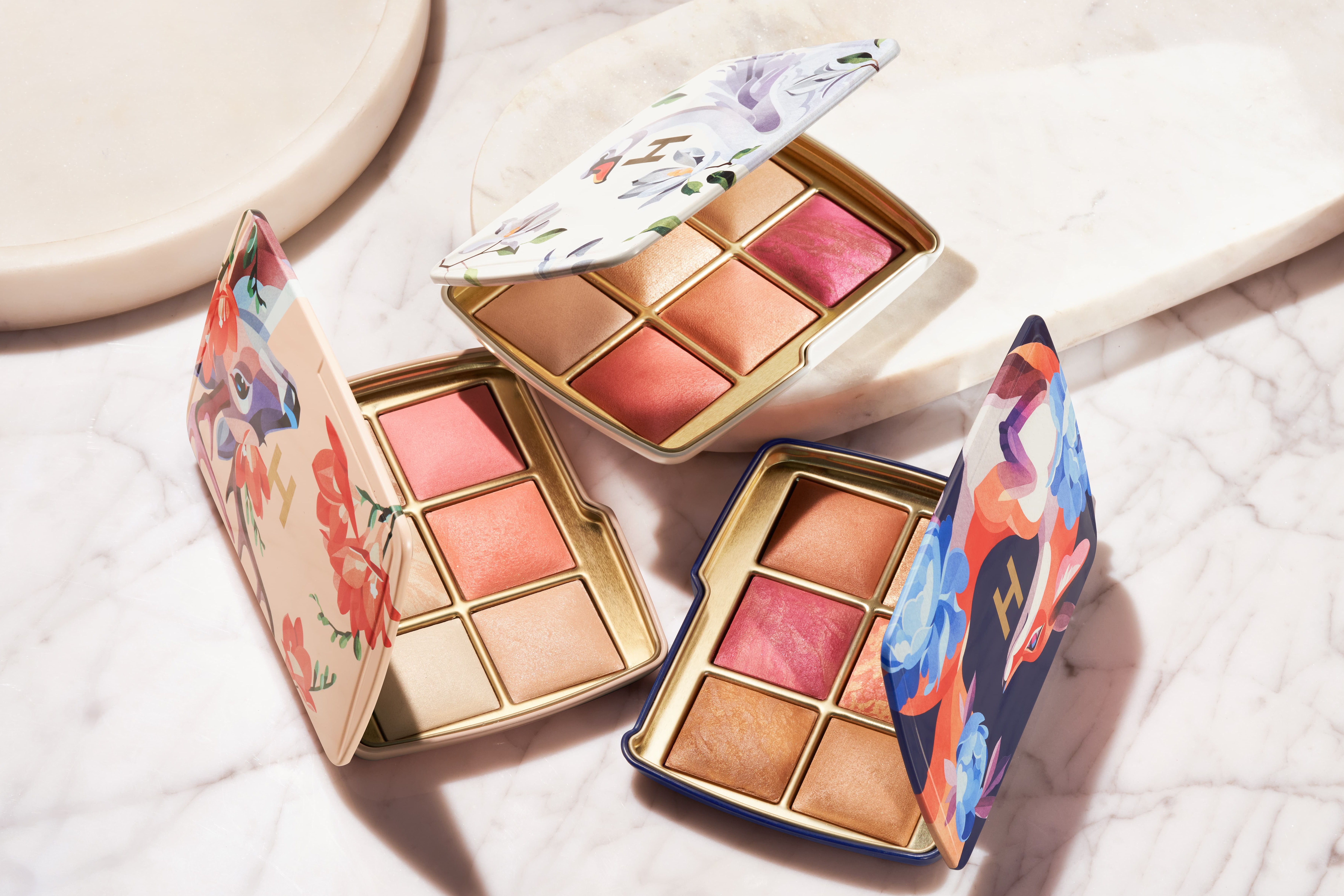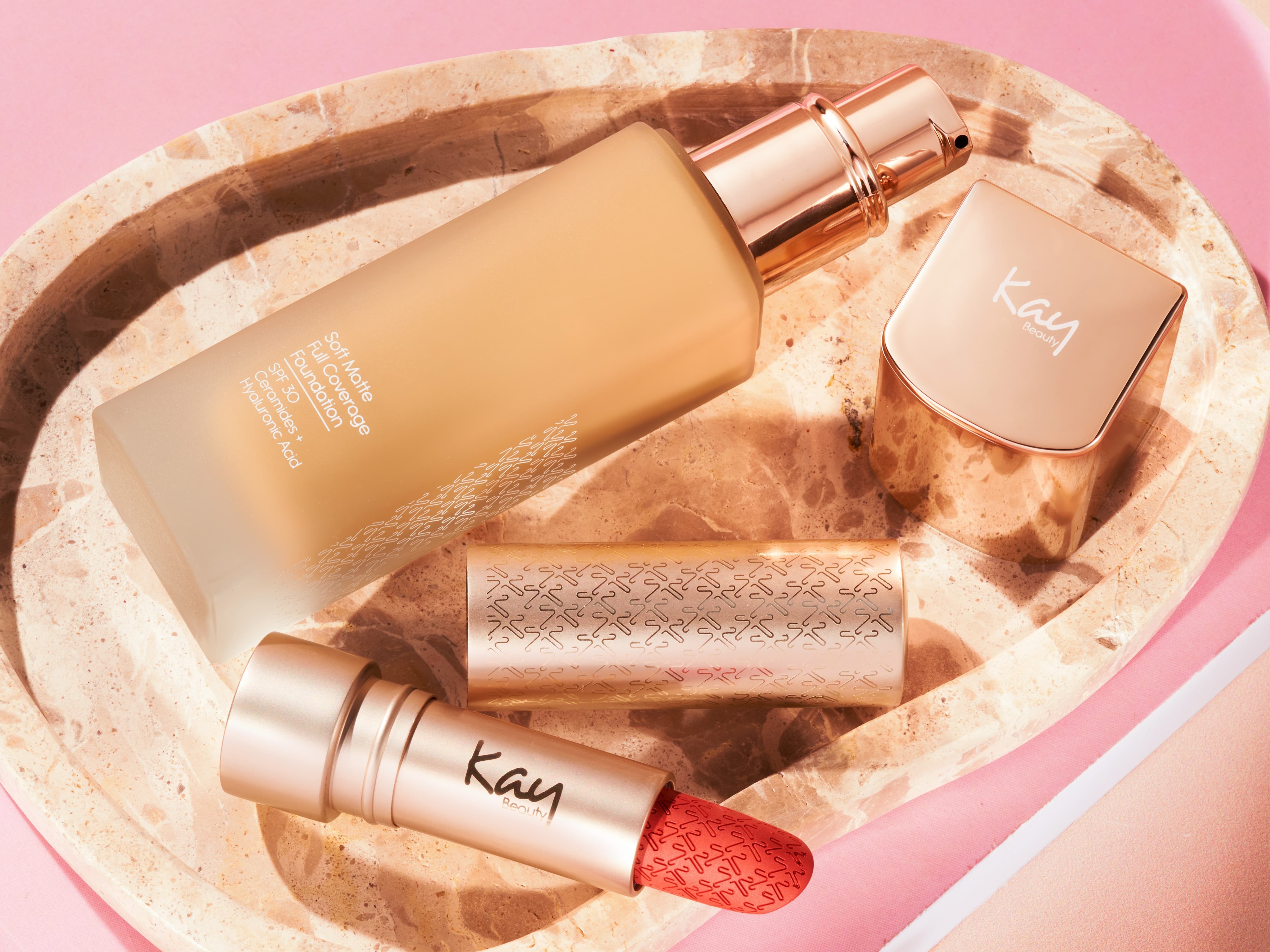
It’s something most of us suffer with during our lifetime, but how does it affect our us really? We reveal how best to cope with a long flight…
What is jet lag?
Jet lag is a temporary condition that can occur when flying across time zones. It can cause problems with sleep such as fatigue or insomnia, as well as conditions like dizziness and difficulties with concentration.
“When you travel to a different time zone, you upset your internal biological clock [the body’s circadian rhythm], which affects the health of your skin, body and mind,” says Elsa Van Twist, Facial Trainer at Sisley.
Our circadian rhythm is characterised by our regular sleep-wake cycle, so when this gets disrupted (particularly by differing light-dark cycles), we can really feel the effects. When we fly across several different time zones, our production of melatonin – the hormone that regulates our sleep – is disturbed, making our bodies feel even more confused. But while the effects of jet lag can really impact our interior condition, it can particularly affect the quality of our skin, too.
Skin Deep
First, it’s worth noting that flying itself can really take a toll on skin, largely due to the dry cabin air. “The lack of humidity on the cabin planes (less than 20%) is what it makes our skin very dry and uncomfortable when we are on a flight,” notes Patricia Manissier, Head of Research & Development at Caudalie. This is why it’s so crucial to keep the skin as hydrated as possible while on the plane. Following this rule helps to prepare your complexion for the effects of jet lag after the flight, too.
In the days following your flight, skin can still suffer. “Due to the lack of hydration, your skin might overcompensate for the dryness, increasing the oil and sebum production. This can lead to breakouts after a long flight,” says Patricia. As well as acne flare-ups, the luminosity and overall appearance of the skin can be affected: “Your complexion will probably look dull and will lack radiance due to the high altitude — which causes less blood flow to your skin.” Puffiness in the face, hands and feet is another common problem due to increased fluid retention while flying.
Targeted Treatment
In practical terms, there are ways to target the effects of jet lag on the mind and body, especially if you’re travelling on a long haul flight. It’s important that your body clock adapts to a new time zone as soon as possible as this will reduce and in time, reverse the symptoms of jet lag. Changing behaviour, such as eating and sleeping to coincide with your new time zone is also wise, and taking melatonin before your new bedtime can aid regulation of this hormone — crucial in setting up a new sleep pattern. Speak to your doctor or pharmacist regarding the correct dosage. Finally, to target fluid retention, try wearing decompression socks and try a little DIY lymphatic facial massage.
Another way to combat jet lag? Hydrate, hydrate, and hydrate some more! This will not only ensure your body is in the best position to fight off fatigue, it will also aid the skin. Dry skin is best targeted head on with an inside-out approach. While it’s important to slather on moisturisers, drinking plenty of water is key. Also make an effort to avoid fizzy drinks and alcohol on-board, which just dehydrate you more.
Skin-wise, “try to wear minimal or no makeup… before and during the flight,” suggests Elsa. This allows you to moisturise and nourish the skin from the outside and stops product from clogging the pores and drying out the skin further. Follow a regimented routine on-board (try our starter kit below) and “do not forget your eyes, lips and nose,” stresses Patricia. She explains: “You inhale very dry air [on a flight] which dries out your mucus membranes, so don’t forget to moisturise your nose, bathe your lips in a highly nourishing lip balm and take eye drops with you to keep your eyes hydrated.”
Your Complete Flight Kit
During the flight:
- CLEANSE with a mini balm to remove any leftover makeup on-board. We love the Omorovicza Travel-sized Thermal Cleansing Balm.
- MASK with a sheet mask (or two, if it’s a long flight) like Eve Lom’s Brightening Face Masks for in-flight hydration. Alternatively, if you don’t want to alarm your fellow passengers, stick to a leave-on, moisture-boosting mask such as GlamGlow’s Thirstymud Hydrating Treatment.
- MOISTURISE with a deeply nourishing cream after removing your mask and smoothing in the excess product. The ultimate? La Mer’s The Moisturizing Cream.
4. TOP UP with a hydrating mist throughout the flight to promote moisture and glow. The mini Caudalie Beauty Elixir is great for travel.
5. TREAT yourself to an aromatic oil to soothe the mind as well as the body. De Mamiel Altitude Oil is our favourite.
6. DON’T FORGET a soothing lip balm, like Sisley’s Confort Extreme Lip Balm, to keep your pout plump and to avoid flakiness.
After the flight:
- CLEANSE again to remove any build-up from the flight. A natural oil cleanser like Votary’s Rose, Geranium & Apricot is ideal.
- FOLLOW this with a hydrating oil to bathe the skin overnight after you land. For an ultra-luxe feel, use Rodin’s Geranium and Orange Blossom Oil.
- MOISTURISE the body with an ultra nourishing cream. We like Crème De Corps by Kiehl’s in the handy travel-sized bottle.




.jpg)










